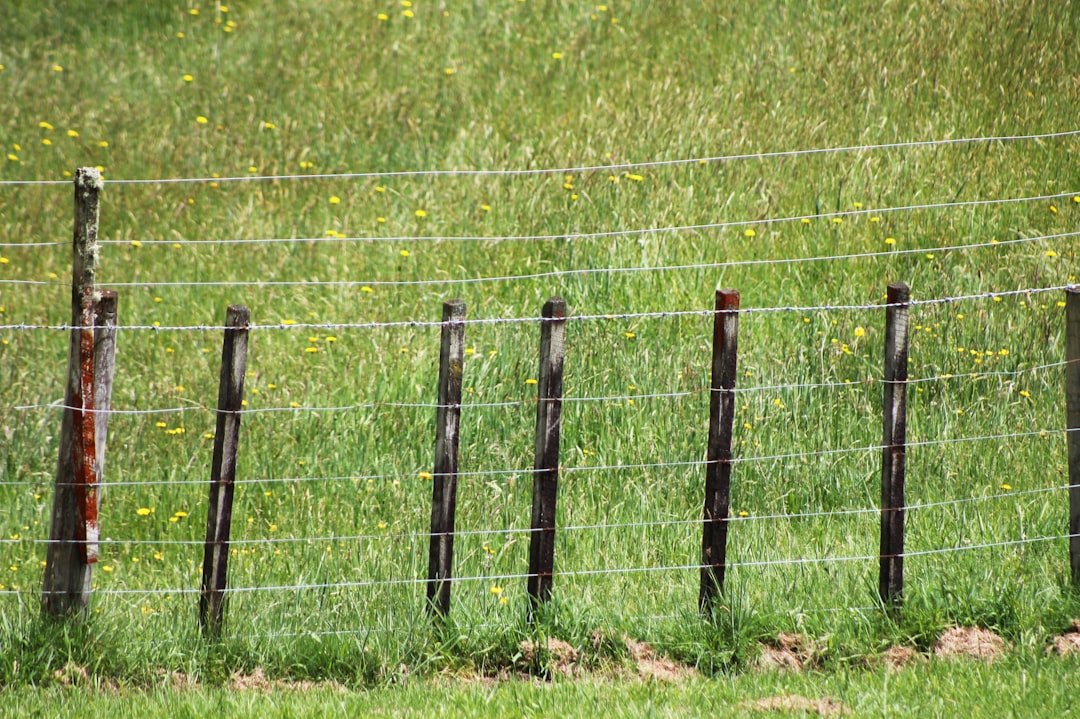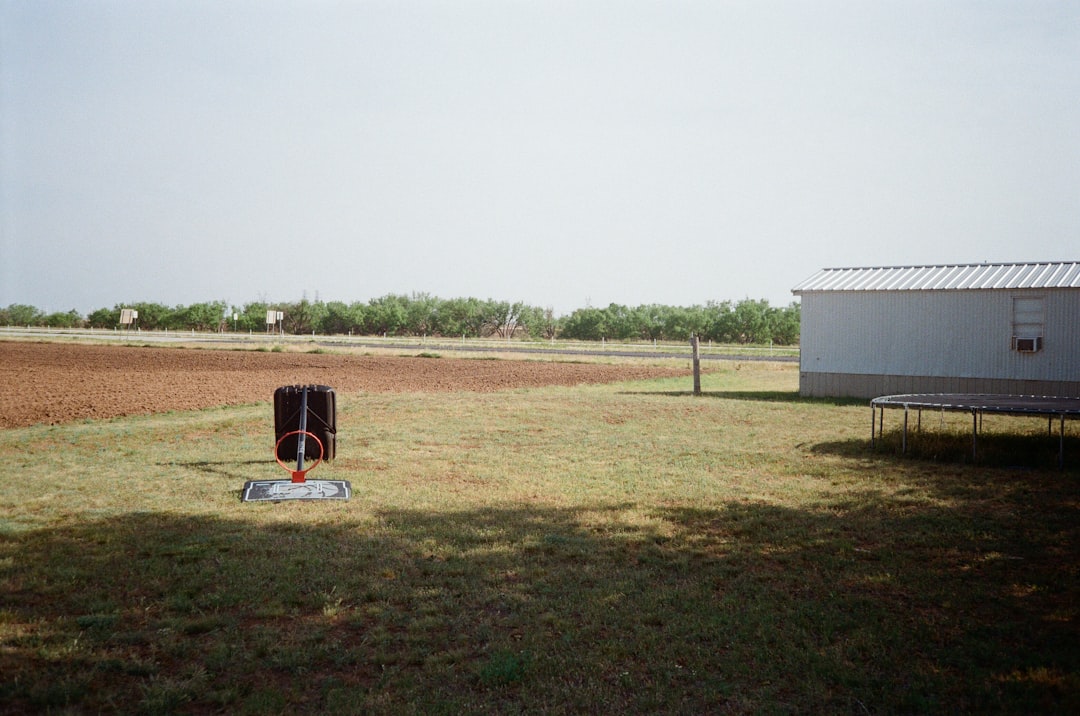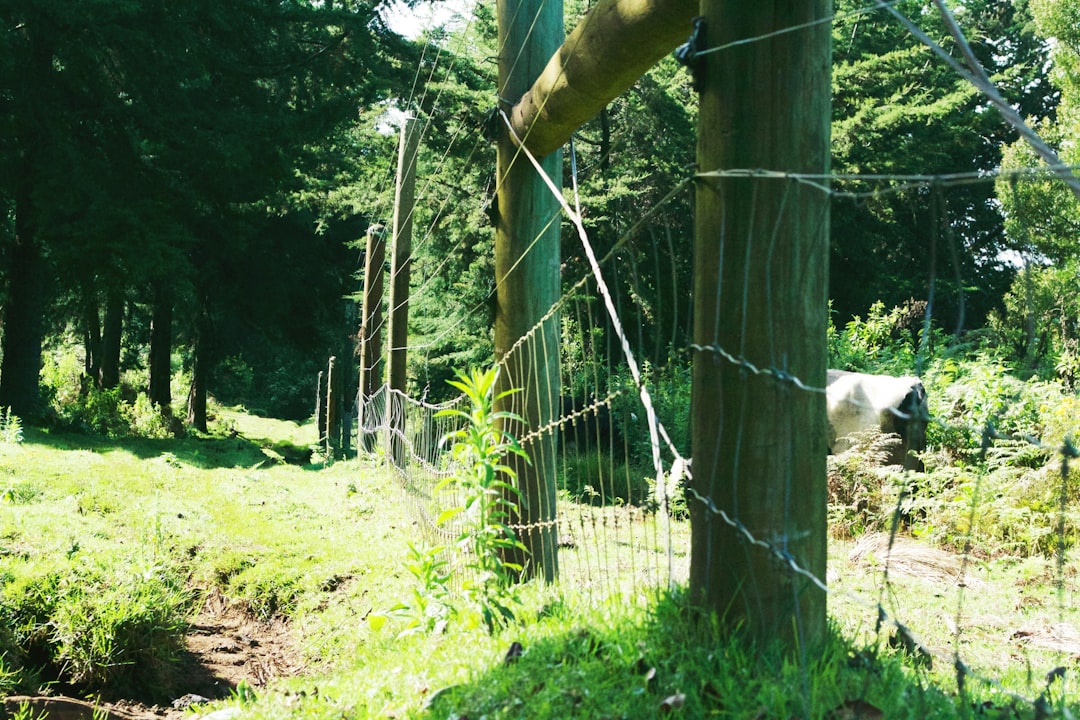The Ultimate Guide to Choosing the Best Fence Energizer for Your Animals and Property
Your Authoritative Guide to Selecting the Perfect Fence Energizer
An electric fence is a psychological barrier, not a physical one. Its effectiveness hinges entirely on the 'shock' it delivers, and the heart of that shock system is the fence energizer, also known as a charger. Choosing the right one can feel daunting with all the technical jargon like joules, volts, and impedance. This guide is designed to demystify the process, ensuring you select an energizer that provides a safe, effective deterrent tailored to your specific animals, fence length, and property conditions. A well-chosen energizer keeps your animals secure and gives you peace of mind.

What is a Fence Energizer and How Does It Work?
A fence energizer, or charger, is a device that converts a power source (like an AC outlet, a battery, or a solar panel) into a high-voltage, short-duration electrical pulse. This pulse is sent down the conductive wires of your electric fence, typically once per second. When an animal touches the fence, it completes the electrical circuit between the fence and the ground, receiving a short, memorable, but safe shock. This experience trains the animal to respect the fence line, effectively containing livestock and deterring predators. The key is that the shock is unpleasant enough to be a deterrent but brief enough not to cause harm.
H2: Powering Your Fence: AC, DC, and Solar Energizers Explained
Your first major decision is choosing a power source. This choice depends largely on the location of your fence and your access to electricity. Each type has distinct advantages and is suited for different scenarios.
- AC (Plug-in) Energizers: These are the most reliable and cost-effective option if your fence is near a 110-volt outlet, like in a barn or near your home. They provide a consistent, powerful energy output, making them ideal for large pastures, long fence lines, and containing stubborn animals. The main drawback is their reliance on a fixed power source, making them unsuitable for remote locations.
- DC (Battery-Powered) Energizers: Perfect for remote areas without access to AC power, DC energizers run on deep-cycle batteries (typically 12-volt). They offer excellent portability for temporary or rotational grazing systems. The downside is the need to regularly monitor and recharge the batteries, which can be done by swapping them out or using a separate charger.
- Solar-Powered Energizers: Combining the best of both worlds, solar energizers use a solar panel to continuously charge an internal or connected DC battery. This makes them the ultimate solution for remote, hard-to-reach locations. While they have a higher initial cost, they are low-maintenance and have no ongoing energy costs. For optimal performance, the solar panel needs several hours of direct sunlight each day.

H2: Understanding Joules: The True Measure of an Energizer's Power
When comparing energizers, the single most important metric is the joule rating. A joule is a unit of energy, and in this context, it measures the power of the shock delivered by the energizer. More joules mean a stronger, more intense shock. While manufacturers often mention voltage, most modern energizers produce a similar voltage (around 7,000-8,000 volts); it's the joule output that determines the shock's effectiveness, especially over long distances and through thick animal hides or hair.
There are two joule ratings you might see: stored joules and output joules. Output joules is the more accurate measure, as it represents the energy actually delivered to the fence. As a rule of thumb, output joules are about 70% of the stored joules. Always prioritize the output joule rating when making a selection.
H2: Matching Joules to Your Animals: From Sensitive Pets to Hardy Livestock
Different animals require different levels of energy to be effectively contained. An energizer that works for a horse may not be sufficient for a well-insulated sheep or a determined predator. Here are some general guidelines for minimum output joule ratings:
- Sensitive & Short-Haired Animals (Pets, Horses, Cattle): These animals are more sensitive and have less insulation. A lower-powered energizer is often sufficient.
- Pets (Dogs, Cats): 0.1 to 0.25 Joules
- Horses & Cattle: 0.5 to 1 Joule for small pastures. For larger areas or more spirited animals like bulls, 2-5 joules may be necessary.
- Hardy & Insulated Animals (Sheep, Goats, Pigs): These animals are tougher to contain due to their intelligence, stubbornness, or thick coats of wool/hair which act as insulators.
- Sheep & Goats: 2 to 4 Joules. Wool is an excellent insulator, so a stronger shock is needed to be effective.
- Pigs: 2 to 4 Joules. Pigs are intelligent and will test a fence, requiring a memorable shock.
- Predator & Wildlife Exclusion (Bears, Deer, Wolves): To deter predators or large wild animals, you need significant power. A strong, unpleasant shock is crucial to prevent them from returning.
- Deer, Coyotes, Wolves: 5+ Joules
- Bears: 5+ Joules are recommended for a strong deterrent.
H2: Low Impedance vs. High Impedance: Why It Matters
Modern electric fences predominantly use low-impedance energizers. Impedance refers to the resistance in the electrical circuit. A low-impedance charger is designed to maintain high energy on the fence line even when there's a load, such as heavy weed growth or vegetation touching the wire. This ability to 'burn through' weeds makes them far more effective and reliable than older, high-impedance models, which would short out easily. Always choose a low-impedance energizer for consistent performance.
H2: Calculating Your Needs: Factoring in Fence Length and Wire Type
An energizer's power is rated in distance (miles or acres), but this can be misleading. The rating is based on ideal, single-wire, weed-free conditions. To choose the right size, you must calculate the total length of wire you need to electrify.
Example: A 5-acre rectangular pasture with a 4-strand fence. If the perimeter is 1,860 feet, and you electrify all 4 strands, your total wire length is 7,440 feet (1,860 ft x 4), which is approximately 1.4 miles. You should choose an energizer rated for at least 2 miles to be safe.
The type of wire also matters. Steel wire offers the least resistance. Poly wire, poly tape, and poly rope contain fine metal filaments woven in and have higher resistance, thus requiring a more powerful energizer to carry the charge over the same distance.
H2: The Impact of Vegetation on Energizer Performance
Heavy vegetation is the biggest drain on an electric fence system. Every weed or branch that touches the fence wire draws energy from the line, reducing the voltage and the effectiveness of the shock at the far end of the fence. While low-impedance chargers are designed to handle some weed load, very heavy growth can still overpower a small energizer.
- Clean Fence Line: An energizer can power its maximum rated distance.
- Light Weeds: Expect performance to drop to 50-75% of the rated distance.
- Heavy Weeds: Performance can drop to below 25% of the rated distance. For weedy conditions, always select a more powerful energizer than you think you need.

H2: Essential Energizer Feature Comparison
To simplify your decision, here is a comparison of key features for each energizer type:
| Feature | AC (Plug-In) Energizer | DC (Battery) Energizer | Solar Energizer |
|---|---|---|---|
| Power Source | 110V Electrical Outlet | 12V or 6V Deep-Cycle Battery | Solar Panel charging a DC Battery |
| Best For | Permanent fences, large areas, near power source | Remote locations, temporary/rotational grazing | Remote locations, long-term off-grid setups |
| Reliability | Highest and most consistent | High, but requires battery monitoring and recharging | High, but dependent on adequate daily sunlight |
| Power Output | Typically the most powerful (highest joule options) | Moderate to High | Moderate to High |
| Upfront Cost | Low to High | Moderate | Highest |
| Maintenance | Very Low | Regular battery charging/swapping | Low (occasional panel cleaning) |
H2: Installation Best Practices for Maximum Effectiveness
Even the best energizer will fail if not installed correctly. Proper grounding is critical. The ground rods complete the circuit when an animal touches the wire. Without a good ground, the shock will be weak or nonexistent.
- Use Multiple Ground Rods: For most energizers, use at least three 6-foot galvanized steel ground rods.
- Space Them Correctly: Place the ground rods at least 10 feet apart from each other.
- Choose a Moist Location: Install ground rods in soil that stays consistently moist, such as near a downspout or in a shaded area. Dry, sandy, or rocky soil is a poor conductor.
- Protect Your Energizer: House your energizer in a weather-resistant location, sheltered from rain and direct sun to ensure its longevity.
H2: Troubleshooting and Maintenance Tips
A well-maintained fence ensures consistent performance. Regularly walk your fence line to check for fallen branches, heavy weed growth, or broken insulators. Use a digital fence tester to check the voltage at various points along the fence, especially at the end farthest from the energizer. A significant voltage drop indicates a fault somewhere on the line that needs to be found and fixed.
H2: Conclusion: Invest in a Quality Energizer for Lasting Security
Choosing the right fence energizer is a critical investment in the safety of your animals and the protection of your property. By evaluating your power source options, understanding the importance of joules, and accurately assessing your needs based on animal type, fence length, and vegetation, you can make a confident and informed decision. Remember, it's always better to oversize your energizer than to undersize it. A powerful, reliable energizer is the key to an effective electric fence and the peace of mind that comes with it.

















